Northeastern esports looks to level up with sights aimed at future of collegiate gaming

Standing in Northeastern’s esports play space, it’s hard not to think about how far the program–and collegiate esports as a whole–has come. From club teams to university-sanctioned varsity programs, cobbled together tournaments to $50,000 prize pools, college-level esports are here to stay–but where do they go from here?
The rows of high-end computers surrounded by crimson walls in Northeastern’s esports play space provide some hint as to the future of competitive video gaming. A Division 1 school raising esports teams to varsity status would have been unheard of just a few years ago, but the meteoric rise of the esports industry has left universities like Northeastern––which elevated esports to varsity in 2020––looking for ways to enter the next generation of athletics.
Another sign that Northeastern is leveling up is Zachary Allor’s recent arrival as the university’s esports coordinator. The landing of Allor, who previously worked as director of esports for Kansas Wesleyan University and a coach for several other programs, is a sign that insider knowledge of esports is valued just as much as traditional athletic authority.
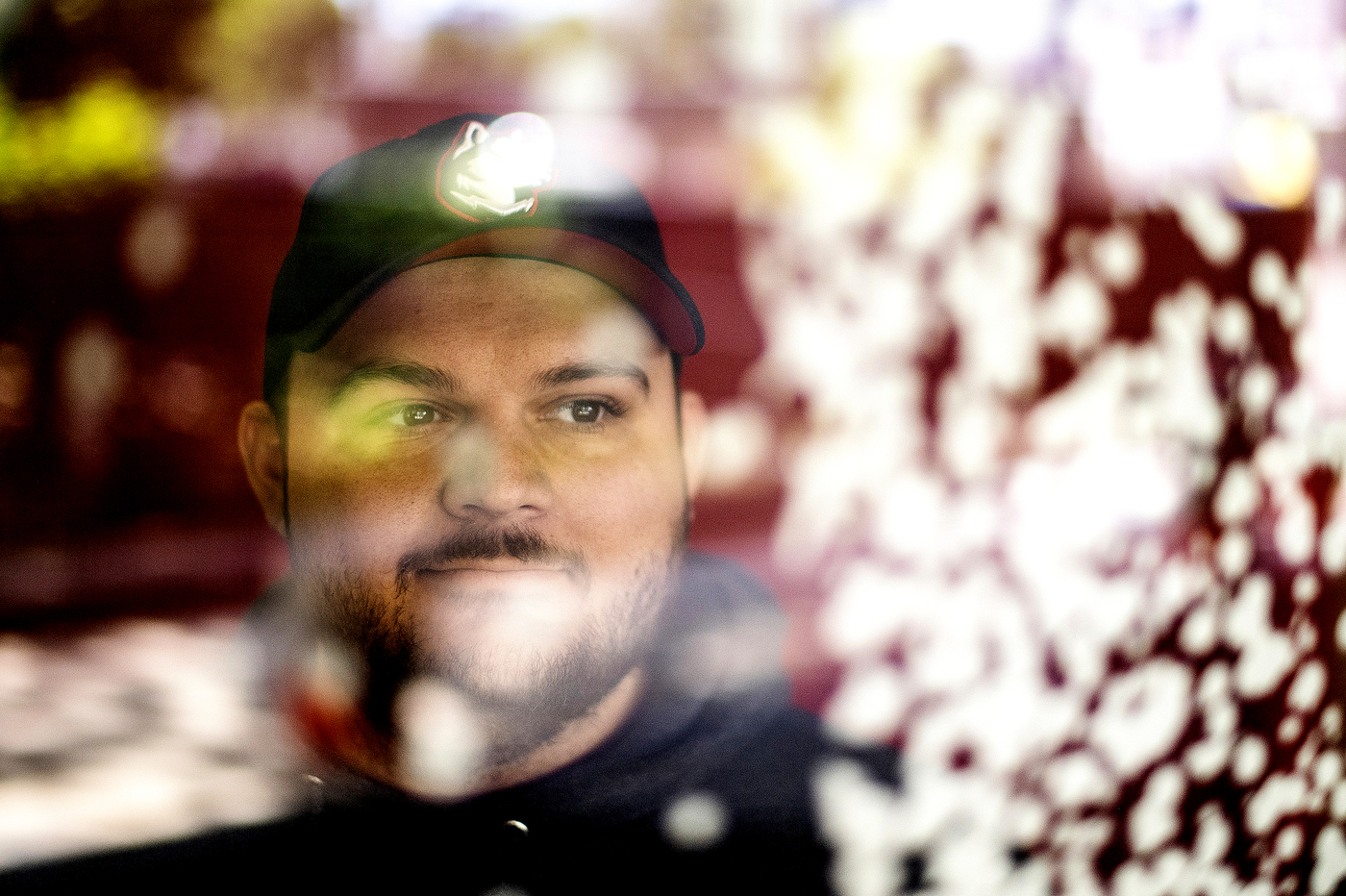
“I think that industry-wide they’re starting to realize with esports and regular sports that the traditional athletic department doesn’t have the relevant information to handle it,” Allor said.
That doesn’t mean esports can’t learn from traditional sports models. Northeastern’s esports program falls under the club sports banner, not athletics, but Allor said mirroring the sturdy, professional structures and operations of traditional athletics as much as possible while keeping some of the quirks of esports, such as using the online chat platform Discord as a hub for operations, will be vital for the success of programs.
“Little things like that are things that are always going to be part of esports, but how do we keep moving this forward to make it look more like a sport so that we can get better resources, get more support?” Allor said.
The elevation of Northeastern’s four varsity esports–Overwatch, League of Legends, Hearthstone and Rocket League–with another, first-person shooting sensation Valorant, on the way has brought a sense of legitimacy. It also comes with levels of resources and access that will allow the program to grow in meaningful ways.
The gaming space in Squashbusters, where teams practice and play, is getting a complete refresh on the Boston campus this summer. For Chris Reilly, head coach of the Overwatch team, having varsity status meant a server issue that resulted in players losing control of their characters could be addressed with the urgency it required.
“I can tell you if we were a club team, we’d have just been dead,” Reilly said. “It was playoff time. For days at a time, nothing could happen, but because we’re a varsity program I know that the school’s invested enough and I can go to our IT department and say, ‘We’re a varsity program. This is like the football field has a ton of holes dug in it. We gotta fix this.’ And they’re like, ‘Yeah, you’re a varsity program.’”
Northeastern’s four varsity esports teams have all found high levels of success competing in one-off tournaments and in larger esports conferences like Esports College (ESC) and the National Association for Collegiate Esports (NACE). However, other Division I schools have been hesitant to dive into the world of esports.
“I still think that there’s a lack of knowledge and understanding, and I think that is still leading some institutions to be wary and not go all in,” said Ashley Jones, director of membership sales and services for NACE.
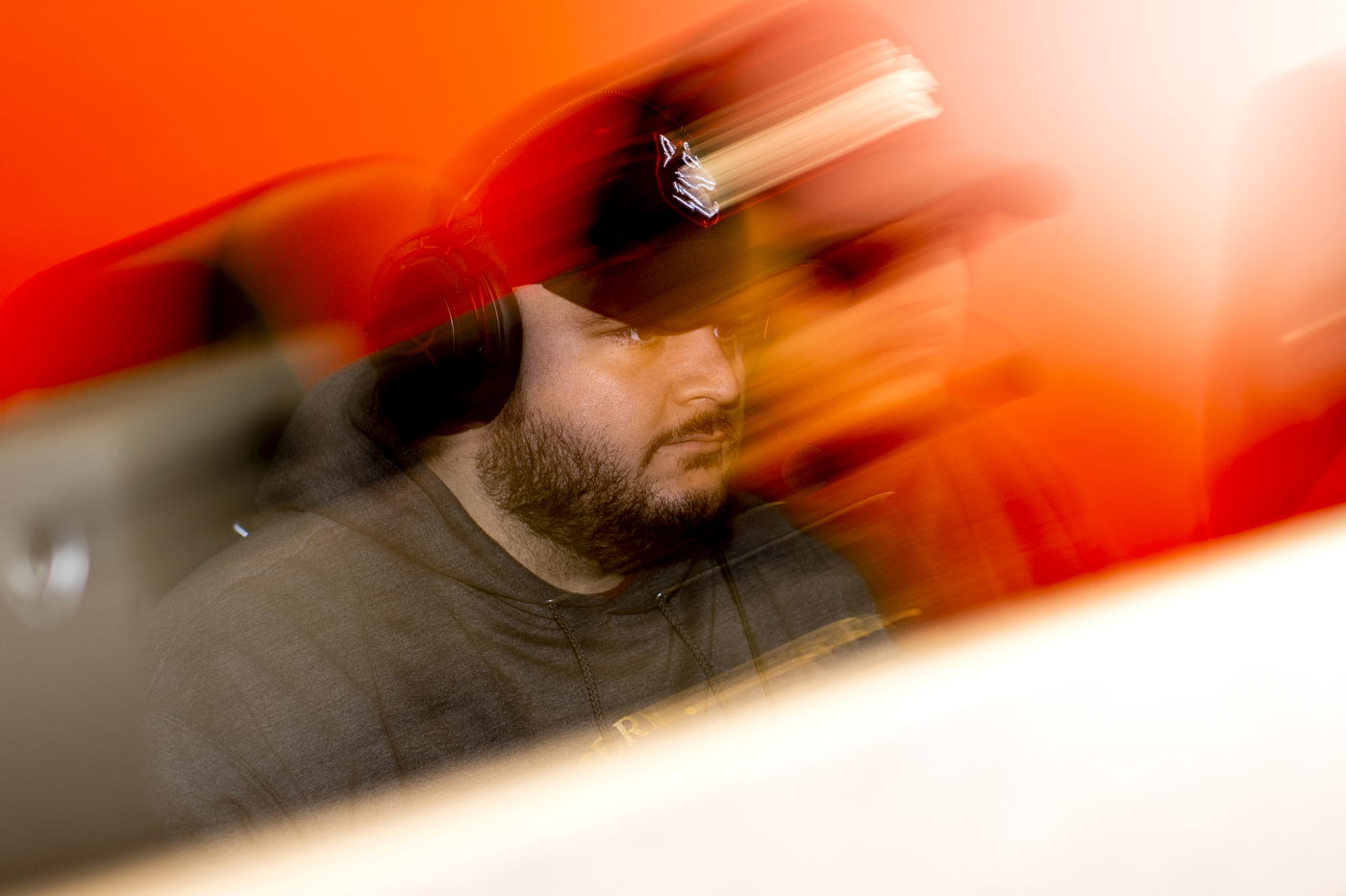
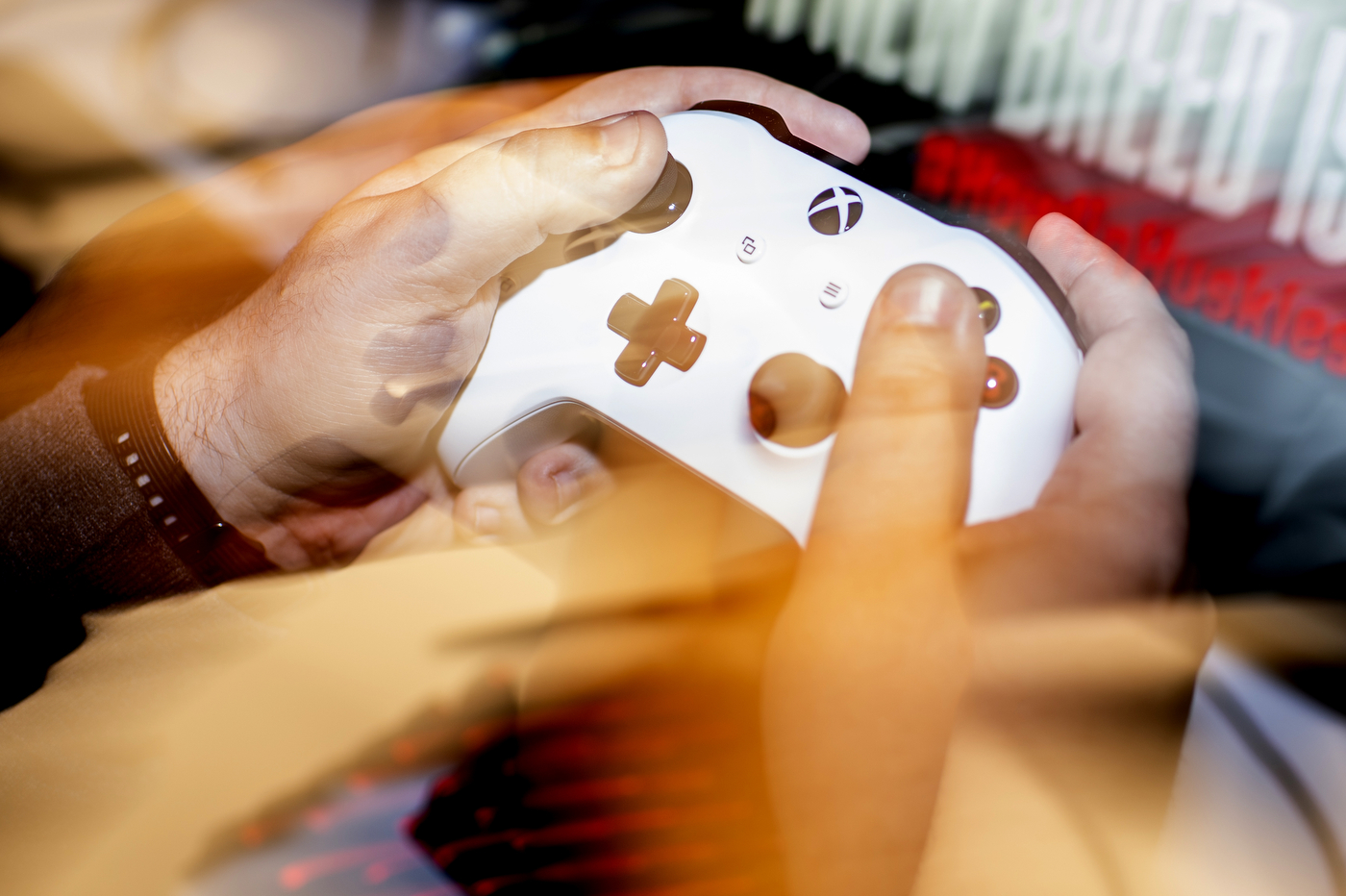
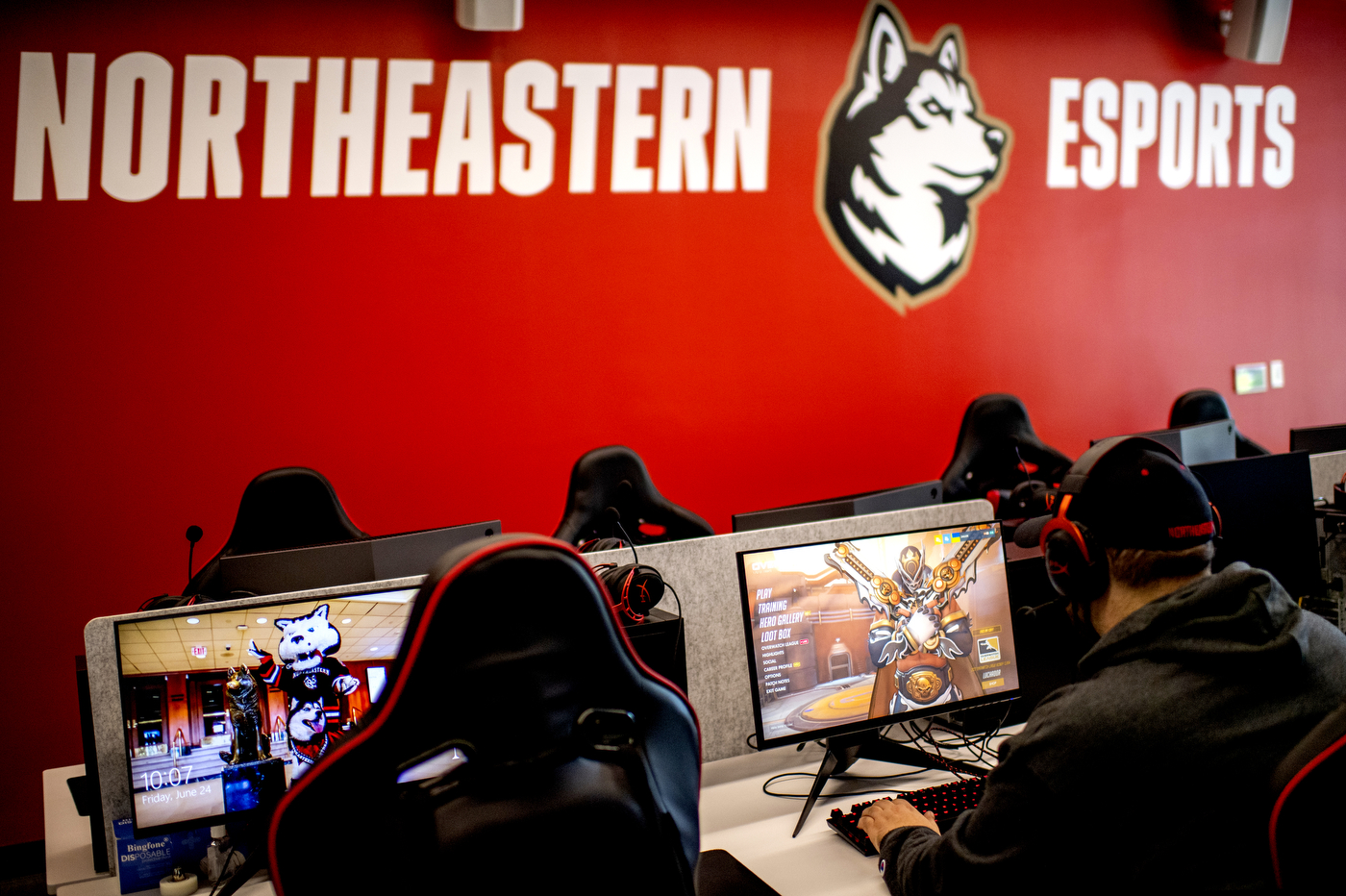
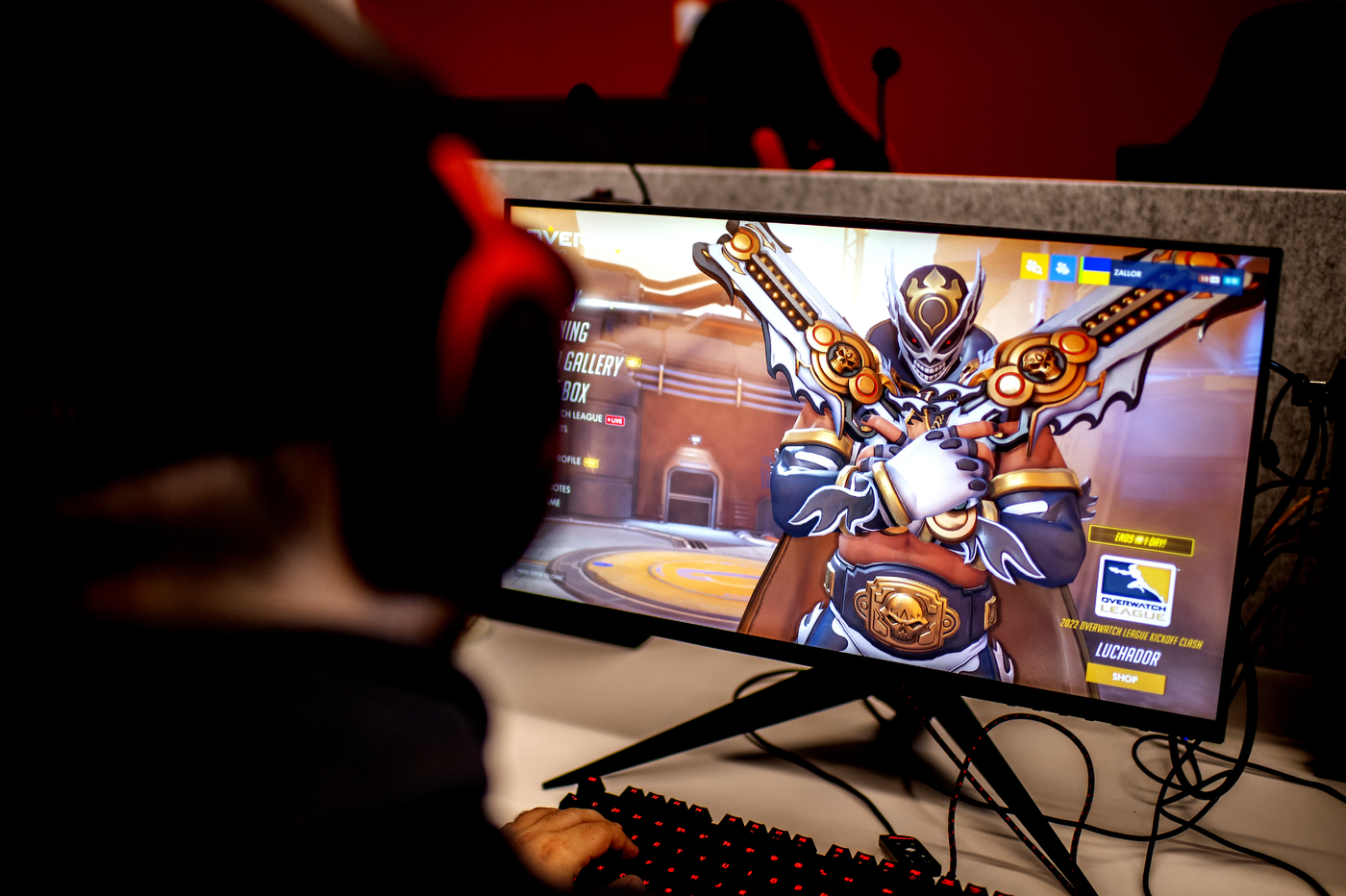
Hiring a program lead like Allor is key for any program that wants to succeed in an athletic world that has its fair share of quirks. Traditional sports don’t have sequels that upset the state of play–but a game like Overwatch does. Overwatch 2, which launches Oct. 4, is largely the same team-based, first-person shooting experience, except it decreases team size from six to five. What may seem like a minor change, completely alters the dynamics of competitive play in a way that is unheard of in traditional athletics.
“It’s like the entire game will completely shift after it being the exact same for years,” Charlie “Qghop” Schotmeyer, a member of the varsity Overwatch team, said. “Every strategy is going to have to be upended. We’re going to have to go back to the drawing board on a lot of different things.”
When it comes to the long-term success of collegiate esports, Jones said the buy-in from Division I schools is the most important domino that still needs to fall. Once that happens, Jones anticipates viewership and interest will grow astronomically and with them the cultural significance of esports at the college level.
“I do think that probably within the next three to five years the biggest explosion that we are going to see is within the D1 schools,” Jones said. “With professional esports having as many views and participants and fans as it does–and that has eclipsed the Super Bowl at this point in time–I think college esports, maybe give that an additional seven to 10 years for it to totally eclipse traditional sports.”
One of the greatest challenges for collegiate esports is the lack of a steady supply of talent.
“You basically have a pipeline with the NBA and all those other places, and here it really is essentially a bunch of students who started up doing esports and starting a competition,” said Casper Harteveld, associate professor of game design.
Also, the prime time for prospective esports professionals is around the time most students are either looking for or entering college, which means the best of the best typically don’t go through college teams to find success. If anything, professional players will retire and then go to college, Jones said. Some college players even play professionally at the same time as they compete at the college level. Instead, new players mostly come up through university club teams and don’t prioritize a pathway to the pros.
“It is hilarious to me that I am, technically speaking, a varsity athlete at a Division I school,” said Ben “Automated_Button” Pomeroy, a varsity Hearthstone player. “I think it’s amazing and I’m trying to get every little bit I can from it.”
Allor aims to invest more heavily in recruiting at Northeastern. Due to strong interest in Northeastern’s club teams, there’s no shortage of prospective players. But by looking to the next generation of esports greats, Allor hopes to make Northeastern even more competitive.
Outside of the virtual arena, Allor also understands that getting more students involved in esports as a career–whether they are a commentator/shoutcaster, videographer or social media manager–is good for the long-term viability of the industry.
“Other area universities are starting to have esports as a minor, as a major, so how do we tap into those programs and say, ‘Hey, we don’t offer esports management as a degree, but we would love to have you come here and intern and get some relevant experience at a Division I varsity program,’” Allor said. “There’s a lot of esports knowledge in the city of Boston that can be tapped into and used better.”
For media inquiries, please contact media@northeastern.edu.






